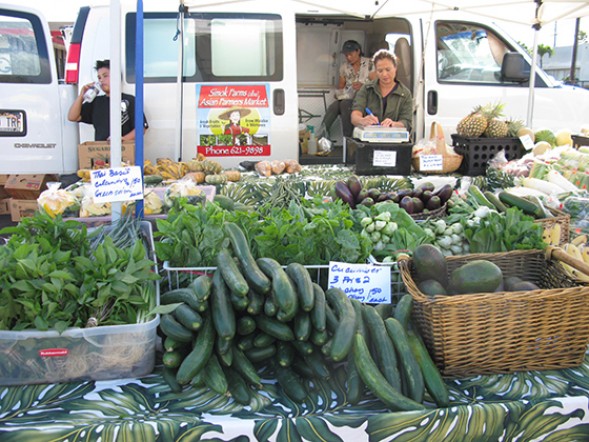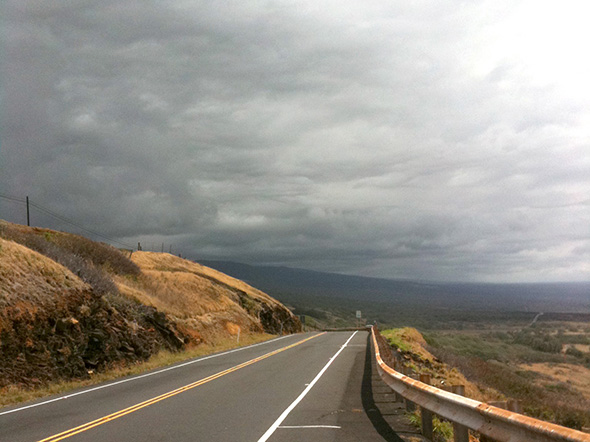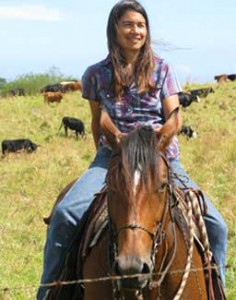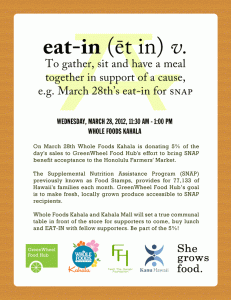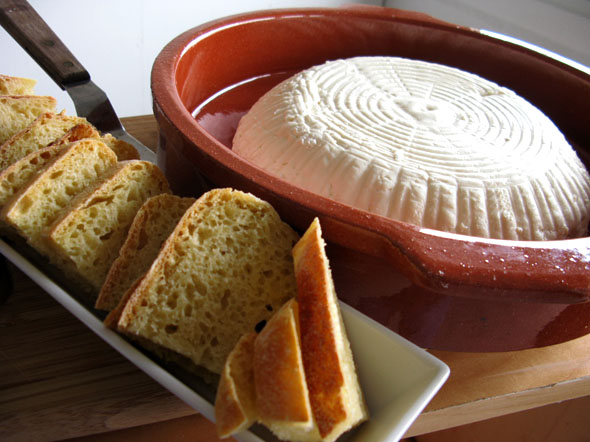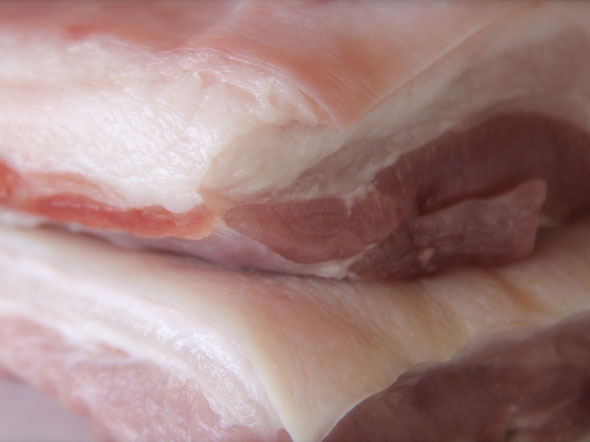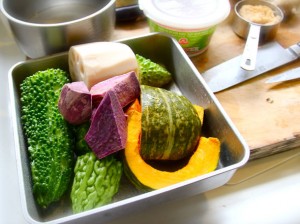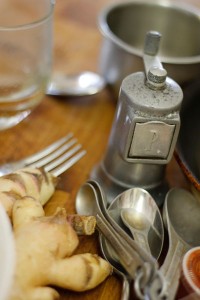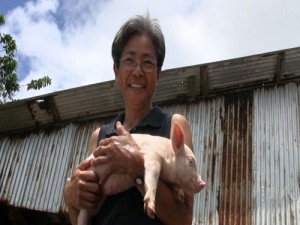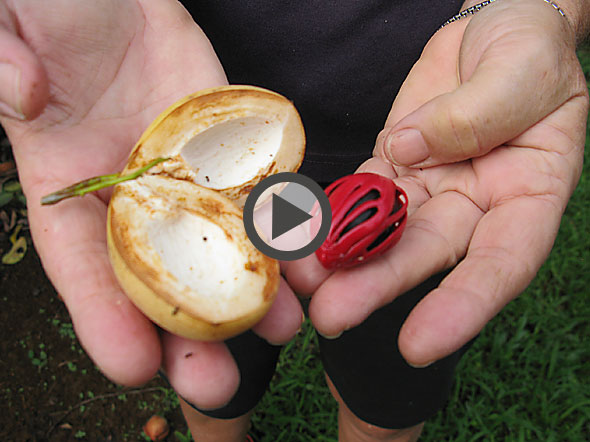A very long time ago in what is now south-central China, a little remembered civilization arose – the civilization of Chu – whose influence we can still feel today, as far removed as we are in time and space from that land and people. The echoes of Chu have been the spiritual underground – the Da Vinci Code – of East Asian civilization for millennia; the influence of Chu can be seen in the philosophy of Taoism, which in turn inspired that global spiritual phenomenon – a hybrid of Taoism and Buddhism – called Zen.
One characteristic which distinguished the culture of Chu from the culture of Northern China, with which Chu culture eventually melded to create what we now consider “Chinese” culture, was its deep and sensual love for the landscape of Chu. “The Songs of Chu” express this love for the forests, rivers, lakes and mountains of Chu in a manner that combines the spiritual and sensual, wild nature and human culture.
It is to that strand of our world heritage and to those like it that we can return, if we wish, to feel what it might be like to love a place – a particular natural environment – with a passion and delight that we at present are taught to reserve for human sexuality. Such a thing is possible.
Our own island tradition tells us nana I ke kumu (look to the source) and the Hawaiian tradition of chant and song shows this deep love of place, this delight in mixing and confusing the eros that develops between people with the eros that one can feel for a beloved place.
It is this love of place – of the infinite web of relationships that exist in a place; of the beauties that are native and unique to that place; of the memories both personal and cultural that adhere to that place; of its names and histories; of its many forms of life – that often motivates those who are still in agriculture or who have been recently drawn to it despite the fact that agriculture has been, for the last few decades, one of the most arduous and uncertain ways to make a living.
There is a shift that is developing and building strength, a shift in the values and the feelings of those in agriculture, a shift in how we perceive ourselves and in how we are perceived, and it is a shift that is occurring on both sides of the organic versus conventional divide, among both farmers and ranchers, bridging both older and younger generations. In some sense it is as much about those in agriculture being able to express what they have long felt but kept to themselves.
As in the rest of society in the last few decades, the pressure on those in agriculture to be nothing more than pragmatic, even ruthless, business people has been intense. Agriculture and the people that do agriculture have gone through a bottleneck that has weeded out any but the most resilient, tough-minded, and sophisticated. The cultural stereotype of the farmer as a soft-minded yokel still exists, but it is badly outdated.
Yet one of the great non-monetary rewards of agriculture has always been “to be with the land” and to help plants and animals to grow. It is just that those in agriculture have had to bury that love affair and profess to be all about the numbers. A new agriculture which insists upon honoring place, upon taking responsibility for place, promises to allow the full complexity of the relationship between culture and the environment to be expressed.
This is not to say that it is necessarily better for being new, only that the new agriculture is a response to recent and current circumstances. Some of those circumstances are the truly regrettable consequences of an overly mechanical approach to the interface between humans and their environment, an approach which has led us into some now familiar predicaments – climate change, peak resources, population overshoot. Adapting to these predicaments as they unfold may well be more difficult than we can imagine at this point, but one thing is certain: these problems will not be solved by applying the same simplistic understanding of our role as a species.
Our exponential population growth has been made possible by agricultural advances, which supported the development of industrialism, which led to applying the principles of industrialism to agriculture with spectacular (though perhaps short-term) effect. Industrial agriculture feeds an industrial population. In the short-term (the next century or two) intensified industrial agriculture will probably be necessary to avoid horrific famines. But in the long run we will need to understand the connection between the natural resources of our planet, our civilizations, and our human population. We can no longer pretend innocence and ignorance of how it is that we get to eat each day. For Americans, with our ingrained mythos of Virgin Frontier and Manifest Destiny, the idea of limits to resources is particularly hard to take. To re-learn the connections between people and land, there is little better model than agriculture.
The new agriculture recognizes how deeply intertwined our practice of agriculture is with the functioning and meaning of civilization. Agriculture shades into such disparate enterprises as cuisine and natural resource management, but also into politics, into economics, into psychology, into engineering and all the other disciplines which humans undertake in the matrix of civilization. It is no longer being denigrated to the status of one more industrial function, and a particular backward one at that. Instead, agriculture is regaining the almost magical stature it possessed in pre-history because unlike so many industrial functions it has the uncanny ability to renew itself.
But the apparent renewability of agriculture draws on the billions of years of biological coordination that has gone into soil cycles, water cycles, air cycles, the inter-related life cycles of plants and animals, both visible and invisible. If it appears to some that agriculture is yet another frontier which civilization can exploit in its desperation for cheap energy, that is an unfortunate misperception. Our appetite for energy resources to fuel the machines of civilized life has become so gargantuan that it has far outstripped what any living system can provide. We forget this or are blind to this at our very great peril.
To choose life, to advocate for life, and to find beauty in life is what inspires those who pursue a new kind of agriculture. Pragmatic as we must be to face the dilemmas in which we find ourselves, yet the new agriculturalist sees an agricultural enterprise not as a mechanism for extracting profit, but rather as the active relationship of humans with all other life, first and always. This is a much greater role and responsibility for agriculture and for our species, and it is the foundation for a future which we can look into, perhaps, without cringing.

